
For most of the year, Hallerbos is simply a typical European forest on the distant outskirts of Brussels. Nevertheless, during a short period of time around mid-April, the forest turns blue as zillions of bluebell flowers bloom, making it a fairytale-like place.

By: Richard Halsey
Date: 18:48 23.08.22
Last Update: 18:28 21.05.23
Located about 25 kilometers southeast of the Belgian capital, the forest of Hallerbos is a vestige of a far larger woodland known as Silva Carbonaria, which allegedly stretched from the Rhine River all the way to the North Sea during Medieval times. Initially, the extensive forest served as the de-facto border between the Roman provinces of Germania Inferior and Gallia Belgica.
Following the fall of the Roman Empire, this natural border became the dividing line between the region’s French and Dutch speaking populations, when the former settled south of the forest while the latter dominated the land north of it. Eventually, these centuries-old divisions evolved into the modern-day provinces of Belgium, Wallonia and Flanders.
Over the centuries, the large forest was repeatedly cleared to make room for farmland and grazing meadows. This massive deforestation culminated during World War I, when the occupying German forces cut much of what was left of the once gargantuan woodland. As Belgium regained its sovereignty, the area was reforested, reclaiming some of its former glory.
While the ancient forest had a major political role with far reaching consequences, today’s Hallerbos is best-known for its breathtaking blossom of wild hyacinths. Each Spring, typically between mid-April and early May, Hallerbos’ forest floor is spectacularly carpeted with millions of bluebells, a type of bulbous plant which forms a cluster of purple-hued flowers around that time.
Dubbed as the blue forest, the 552-hectare woodland of Hallerbos consists mostly of beeches, rowan trees and oaks, while also serving as a habitat for a plethora of native animals, including hares, red deer, red squirrels, red foxes and over 100 species of birds.
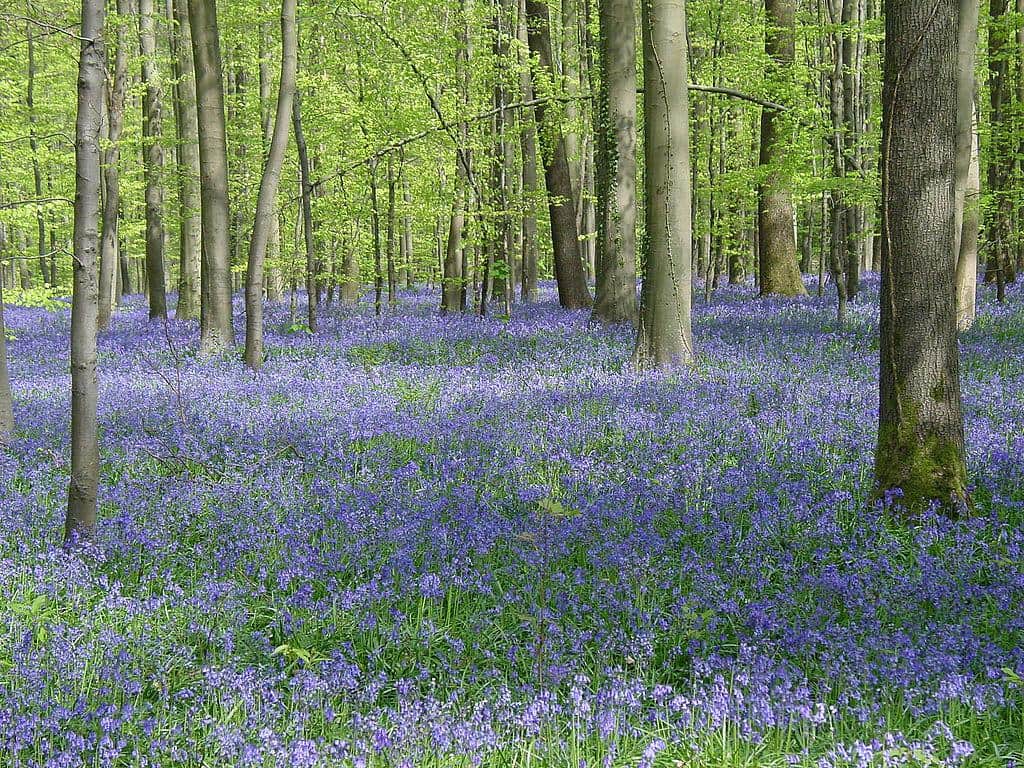
photography by: David Edgar/ Wikimedia Commons
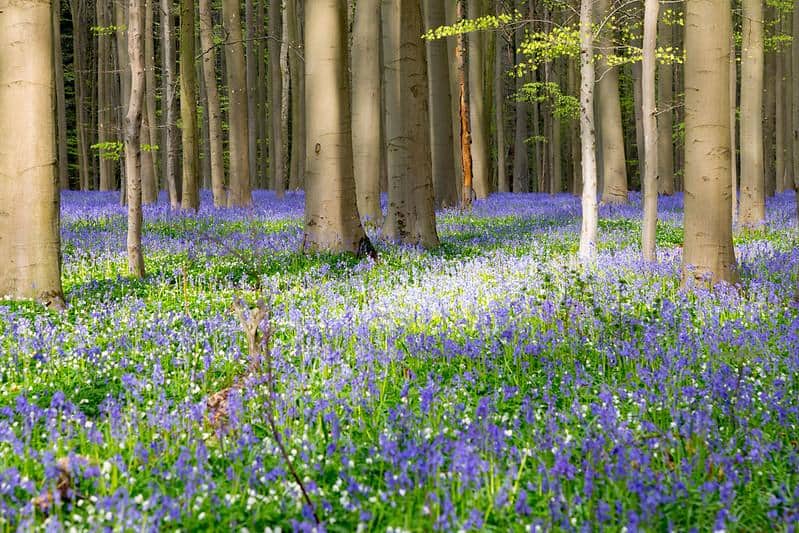
photography by: Florian van Hunnik/ Flickr
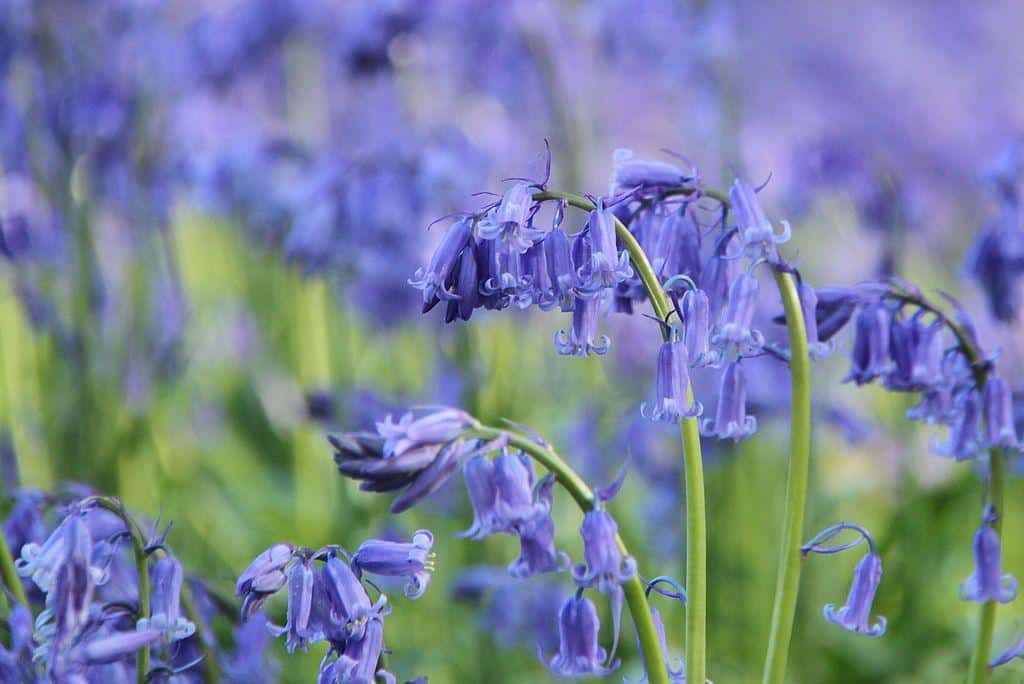
photography by: Donar Reiskoffer/ Wikimedia Commons

photography by: Laura Meyers/ Flickr
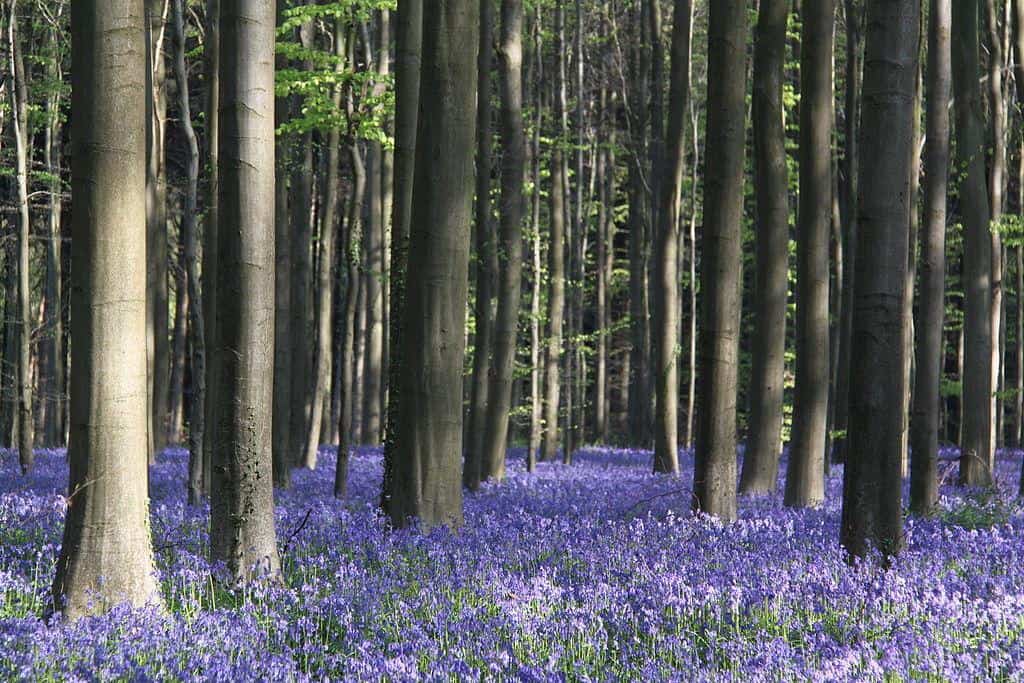
photography by: Donar Reiskoffer/ Wikimedia Commons
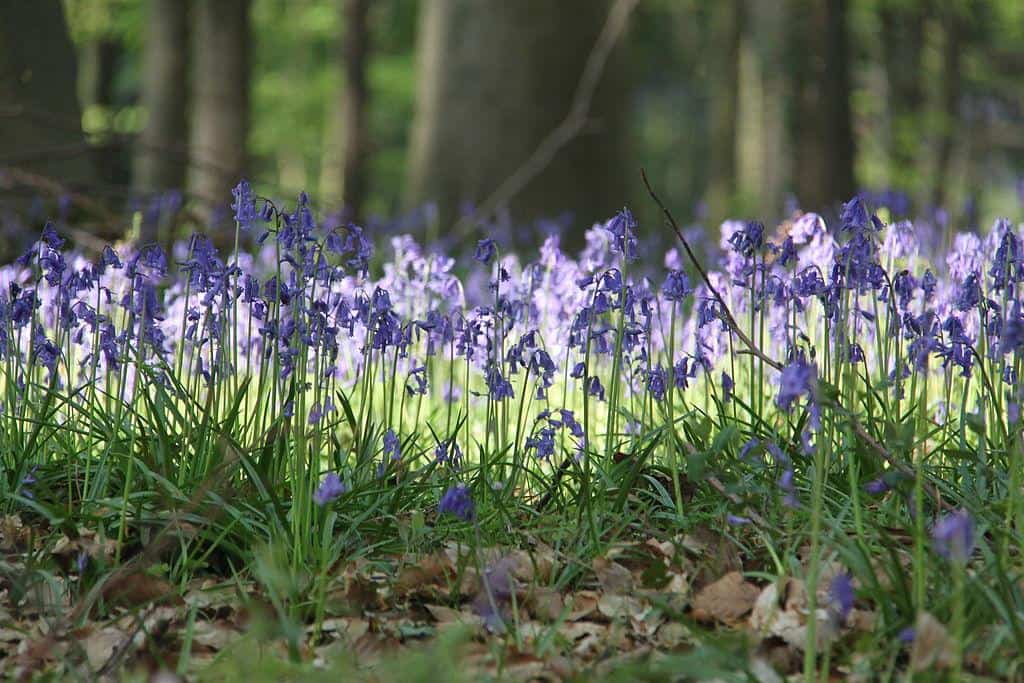
photography by: Donar Reiskoffer/ Wikimedia Commons
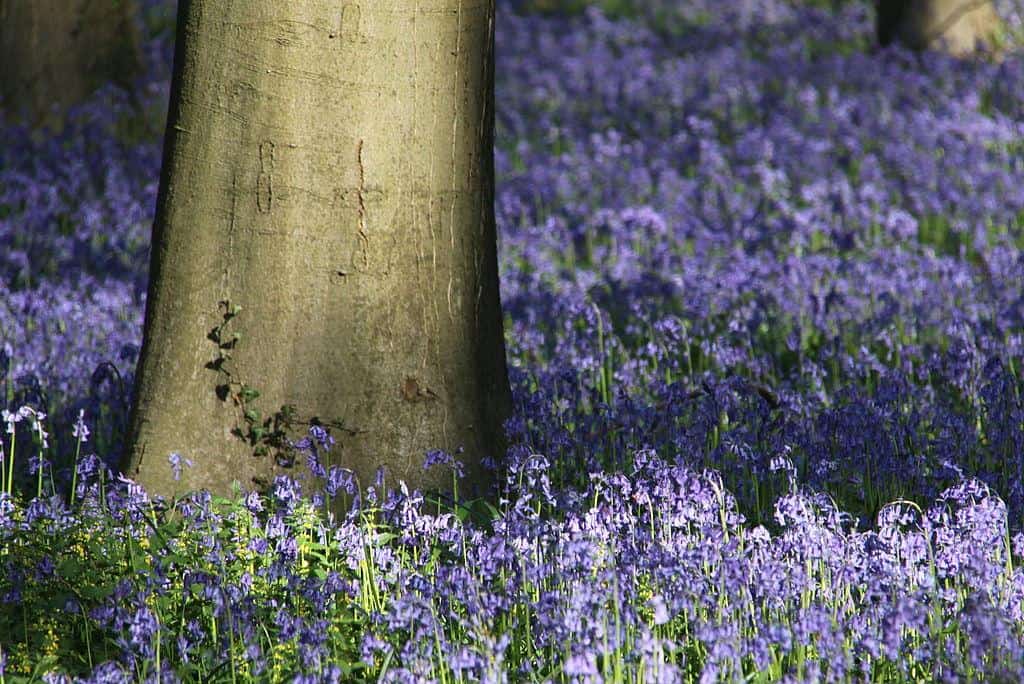
photography by: Donar Reiskoffer/ Wikimedia Commons
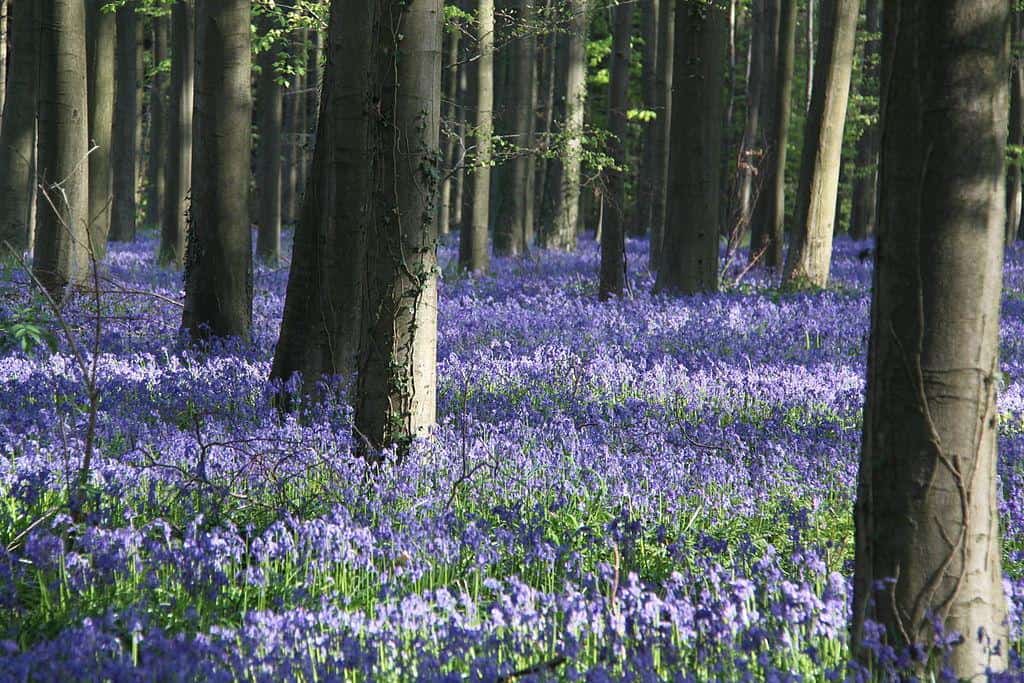
photography by: Donar Reiskoffer/ Wikimedia Commons
